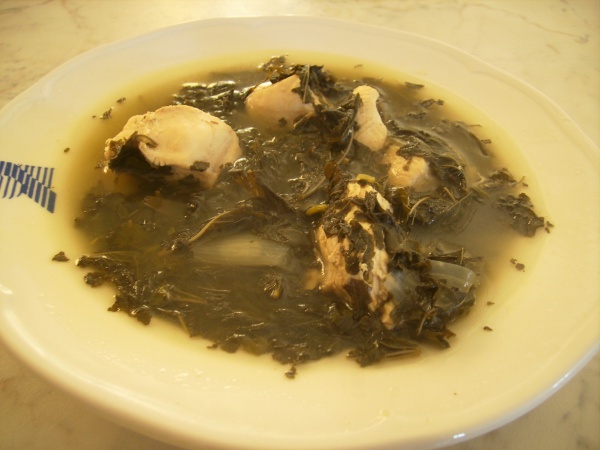Facts About Mulukhiyah
Mulukhiyah, also known as mulukhiyyah, is the leafy green from the Corchorus olitorius plant. It is also referred to as Jew’s mallow, Nalta jute, or tossa jute. This versatile vegetable is a staple in Middle Eastern, East African, and North African cuisines. In the Philippines, it is called "Saluyot." When cooked, mulukhiyah transforms into a thick, somewhat slippery soup with a mildly bitter taste. Typically, it is prepared as a stew or soup with chicken or chicken broth, served with white rice and a squeeze of lemon or lime.
The origins of mulukhiyah remain unclear. Some believe it originated in Ancient Egypt, while others point to India, where a related species, Corchorus capsularis, is native. In Egypt, mulukhiyah, known locally as molokhiya, is a cherished national dish. The leaves are finely chopped and cooked with garlic, coriander, and meats such as chicken, rabbit, or lamb, usually served with white rice and pickled vegetables.
In the Levant, molokhia is prepared with meat, onions, garlic, and chicken stock cubes. Bedouins put a unique spin on it by stuffing a whole chicken with herbs and spices, then boiling it to create a flavorful broth. In Kenya, the dish is called murere and is made by boiling jute leaves with soda or traditional plant-based salt, often served with ugali (a type of maize porridge) and meat.
Tunisians make mulukhya by grinding dried leaves into a powder and cooking it with olive oil, tomato paste, and beef. In Cyprus, molohiya is cooked in a tomato-based broth with lamb or chicken. West African countries like Sierra Leone, Nigeria, Liberia, and Gambia have their own versions, utilizing mulukhiyah in various sauces, often accompanied by rice or fufu.
Nutritionally, mulukhiyah is a powerhouse. It is rich in folate, beta-carotene, iron, calcium, vitamin C, and a multitude of other vitamins and minerals. It is also a potent antioxidant. The word "mulukhiyah" has ancient roots in Mediterranean languages such as Arabic and Greek. Interestingly, there is a historical footnote: in the 10th century, the Fatimid caliph Al-Hakim bi-Amr Allah banned the consumption of mulukhiyah, and some communities still adhere to this prohibition today.

 Sudan
Sudan